Although Dohuk doesn’t offer a lot in terms of grand landmarks, there is one place worth your time: Nazarki’s Castle. Once a symbol for the oppression and persecution of the Kurdish people under Saddam Hussein, the building has now become a place of memory and remembrance, a haunting remnant of Kurdistan’s darkest days.
Set against a bleak backdrop of rundown apartment blocks and intercity highways stand the ominous walls of Nazarki’s Castle. Bare brick and mortar rise behind a rusted barbed-wire fence, the forbidding façade only interrupted by miniscule windows and narrow observation slits. Absent are the fancy crenelations, the high-rising watchtowers, and colourful banners waving from its battlements. The castle doesn’t even grace a perilous summit.
Despite its name, the place has little in common with the romanticised images of medieval fortifications that might have manifested in your mind.
Quite to the contrary. Hidden away from the outside world, within its walls dwells an unsettling past, a ghost from a time when a single man dreamed to rid his country from an entire people.

First constructed in 1976 as a military barracks under Saddam Hussein’s Ba’ath regime, the unadorned complex later became a notorious prison for Kurdish dissidents, as well as innocent civilians during the horrific events of the 1988 Anfal campaign, a military offensive conducted by the Iraqi army against the Kurdish population of Northern Iraq. This vicious operation that saw the use of chemical weapons by the Iraqi forces was later recognised as genocide.
For several months, entire families vanished behind the castle’s bars and were thrown into the depths of obscure cells to rot away in darkness. Deprived of their freedom these poor souls then led a miserable existence of daily uncertainty, and their fate laid in the heinous hands of their capricious captors.
While bombs fell on unsuspecting towns and villages and thousands suffocated on the blooming fields and dusty streets of Kurdistan, a different terror reigned within Nazarki. Women feared to sleep, petrified of the preying eyes lurking in the dark beyond the “safety” of their cells, while men were separated from their loved ones, never to be seen again.
Rape, torture, and murder reared their ugly heads and remained a bitter reality for the incarcerated until Kurdistan finally achieved regional autonomy in 1991.


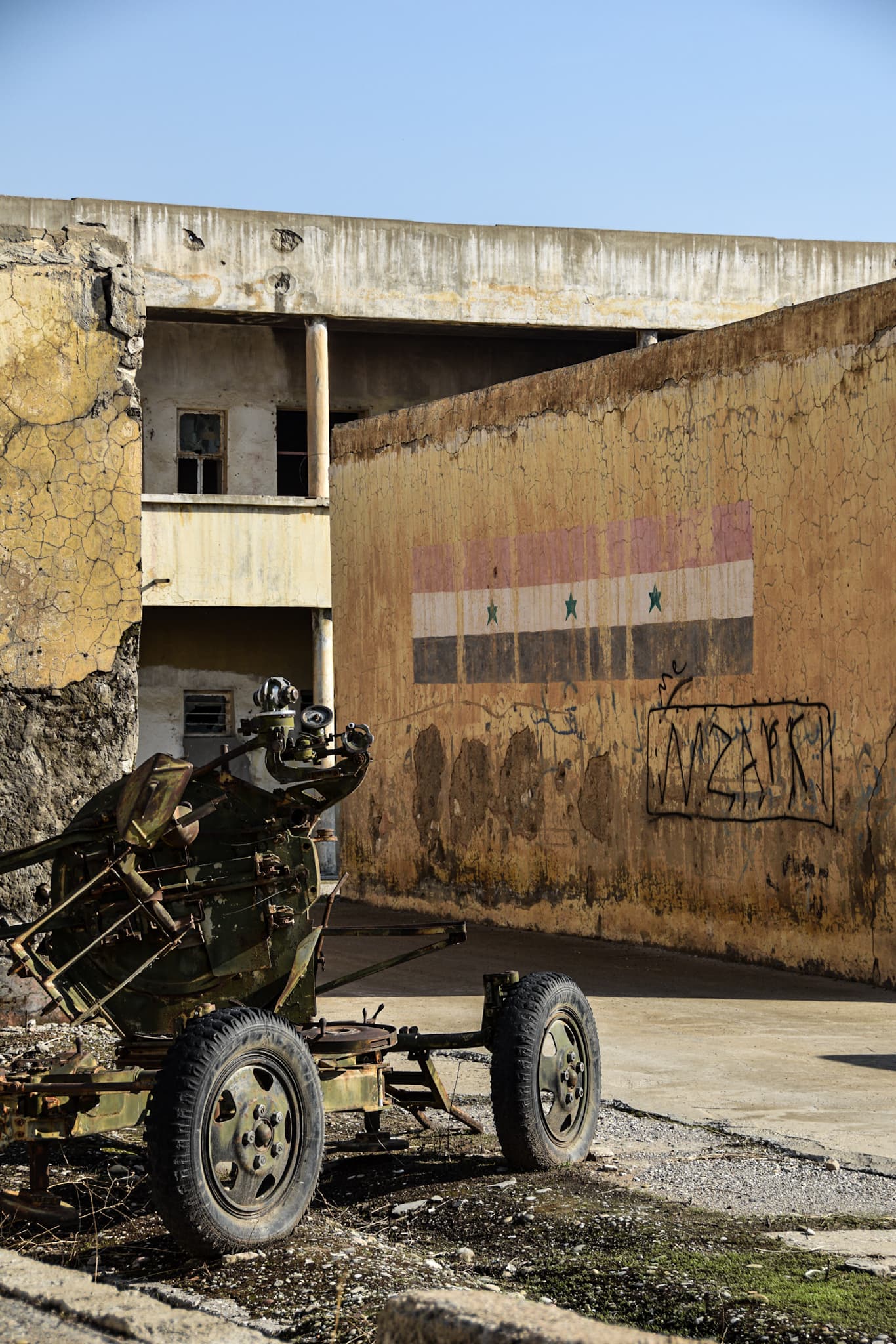
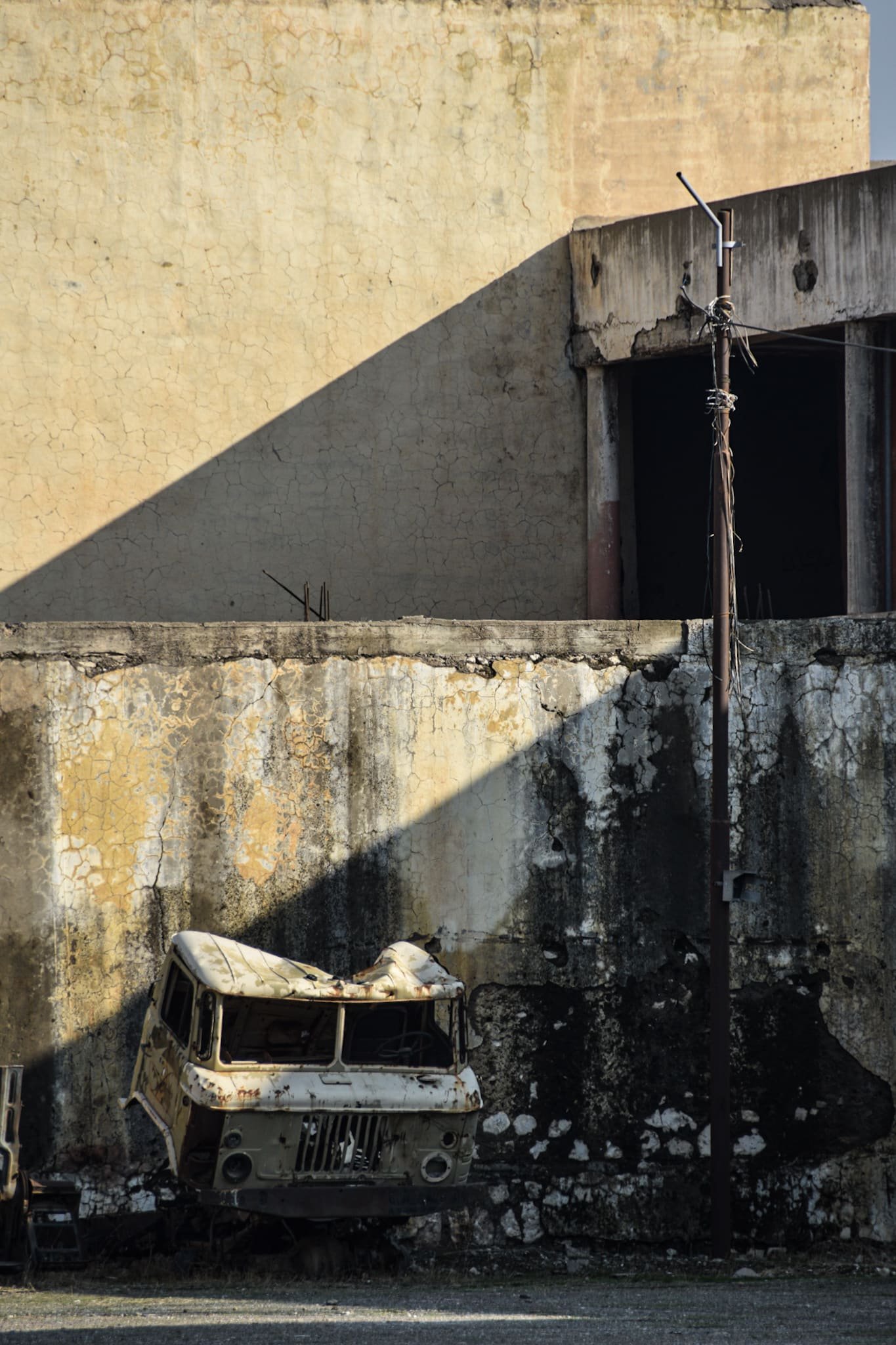
Following the withdrawal of the Iraqi troops the horrors disappeared, however, the horrid memories lingered. Henceforth, the fort was simply called “the castle” or more fittingly “Nazarki”: the place where the sun doesn’t shine.
For many years, the building was then used as a temporary refuge for Kurds returning from Turkey and Iran (similar to Tskaltubo) before plans were made to open a museum commemorating the tragic events of the late 80s. According to this article, the vision for the former prison was substantial but ultimately never came to fruition. I can only guess, though it appears as if the emergence of the Islamic State in 2014 might have shifted priorities away from the project.
Today, the former prison is open to the public but remains in an utterly derelict and dilapidated state.
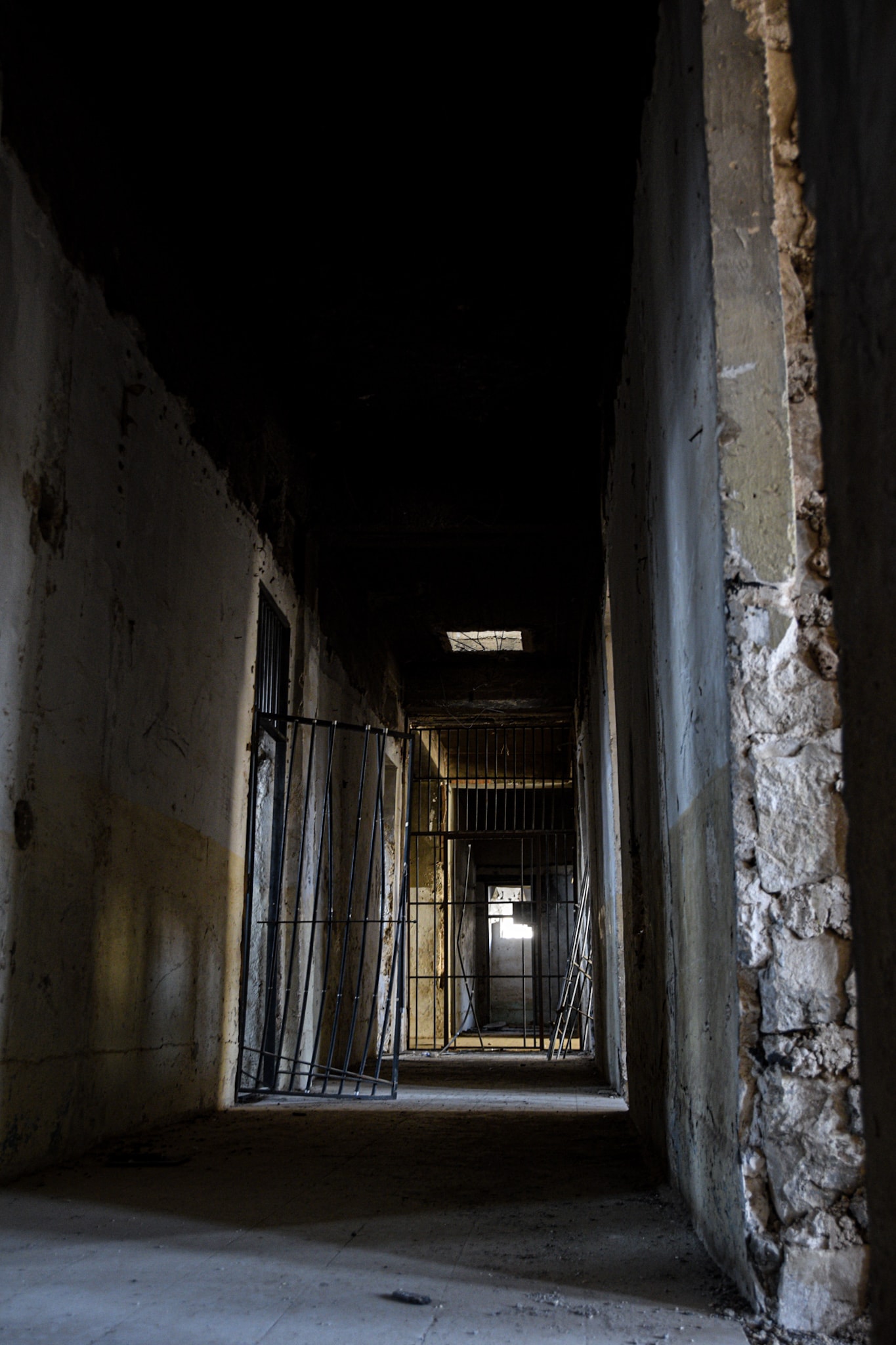
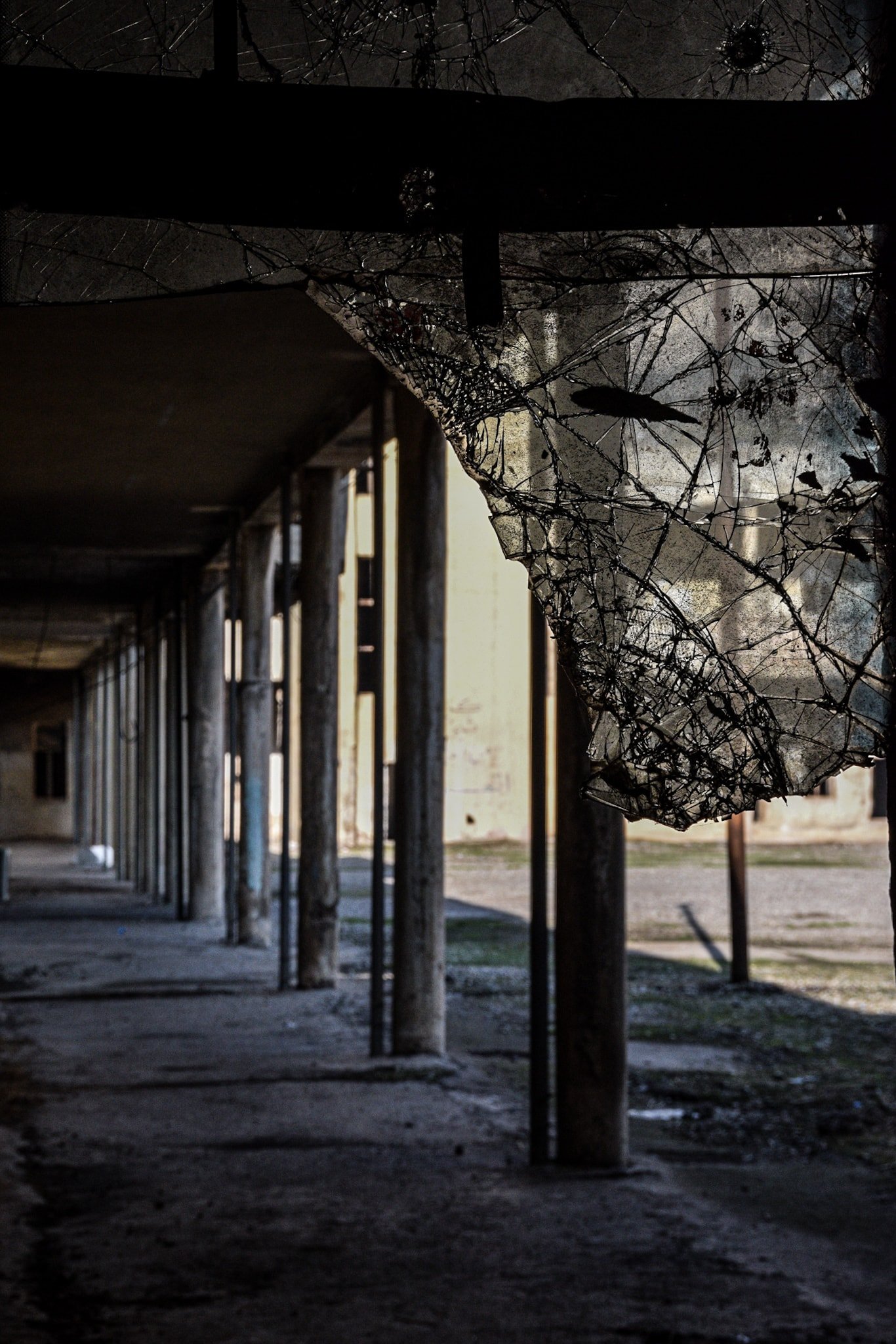
If it wasn’t for the guard at the entrance gate and a photo gallery in the southern sector, one would assume the prison to be entirely abandoned. Most of the rooms have been cleared and stand empty, however, there are still some relics to be found in the dim halls and darksome corridors of Nazarki.
There are two floors to cover, hence include ample time if you intend to explore the entire complex. Make sure to head up to the cell blocks above the main gate and climb to the roof for great views of the castle and the surroundings. The old soviet military trucks resting at the far end of the courtyard are also well worth checking out. Next to the vehicles you will also find the rusted hulls of some of the chemical bombs dropped on Halabja, as I was told by the guard.
When I got to the prison, the outer gate was closed, however, I snuck in from the southside (the fence just ends there) and simply waltzed in through the main entrance. I did notice a guard in a small room and knocked at the window to ensure I was permitted to enter. He didn’t seem to care that I got in “illegally” and let me pass. Since I arrived shortly after noon, I later realised that I probably disturbed him during his lunch break, which is probably the reason the gate was closed in the first place.
There are no official opening hours, so I suggest you simply go there during the day and hope for the best. The entrance is free.
Nazarki’s Castle is situated in the eastern outskirts of Dohuk next to the Dohuk-Erbil highway. A taxi to the prison will cost 4.000 IQD (December 2022).

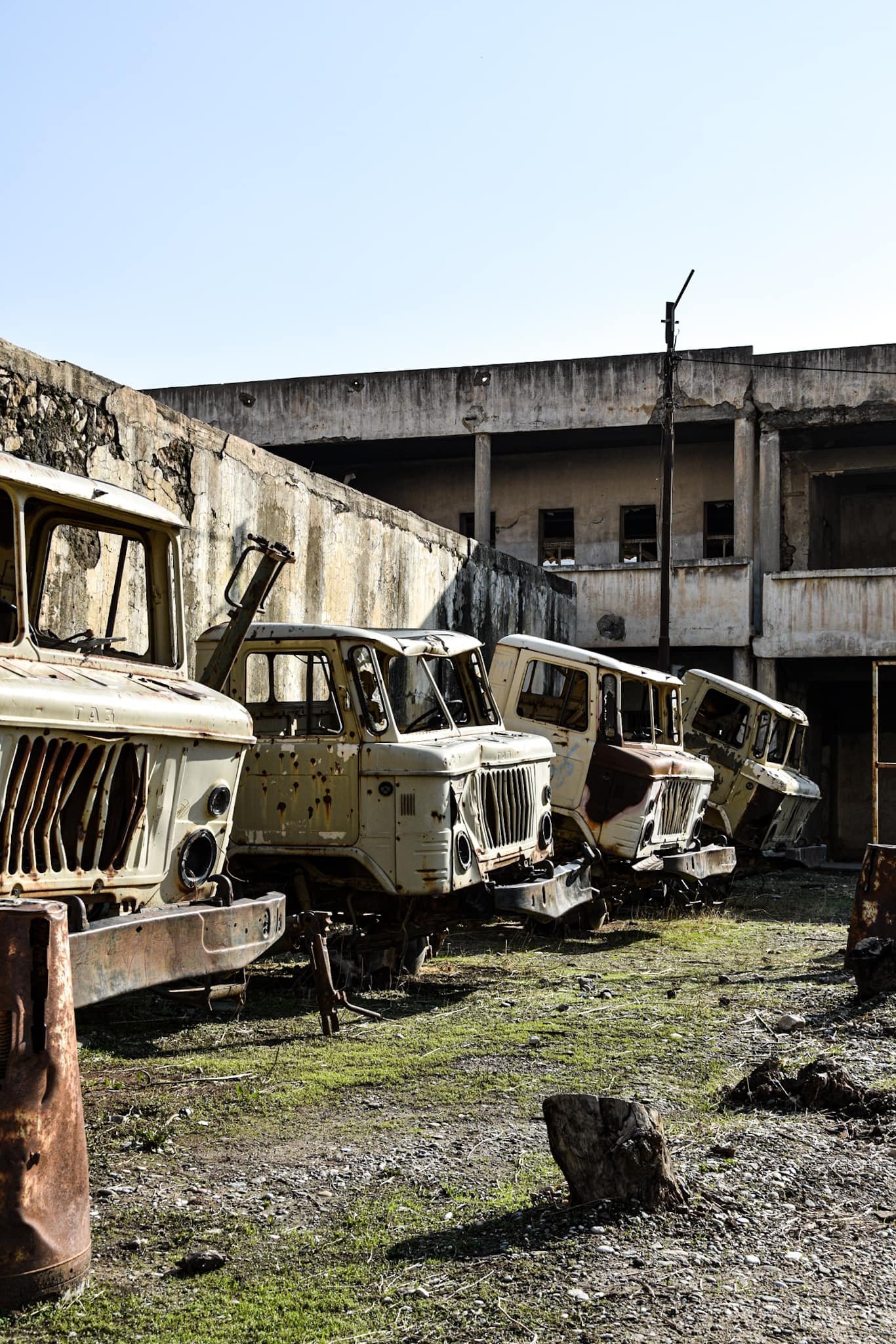

WHERE TO NEXT?
For more content consider following me on Instagram.
Fascinated by the and obscure? Here are more dark tourism destinations for you:
TSKALTUBO | GEORGIA’S ABANDONED SOVIET SPA TOWN
